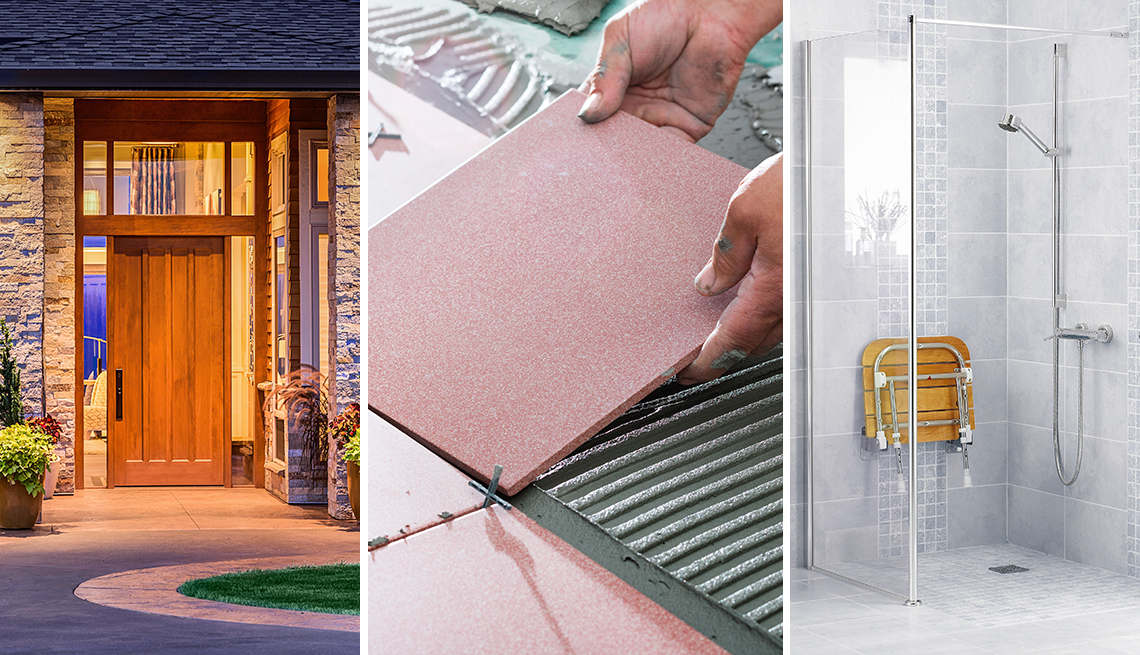Play all audios:
According to an AARP study, 90 percent of people age 65 and over would prefer to stay in their own homes as they get older — and not go to a nursing home or assisted living facility. But if
you or your parents are buying, building or renovating a home to accommodate the needs of a loved one, what kind of costs can you expect to incur? Here are some financial facts you need to
know when considering purchasing or making over a property for you to age in place or to live with parents under the same roof. UNDERSTANDING TWO KEY CONCEPTS Before we delve into each
expense you might incur from renovating a home, it's crucial to understand two concepts: "aging in place" and "universal design." Aging in place is defined by the
U.S. Centers for Disease Control and Prevention (CDC) as "the ability to live in one's own home and community safely, independently and comfortably, regardless of age, income or
ability level." Having a step-free entrance makes it easy to safely enter and leave a home. Istock What this means for you and your loved ones is that a home must be built to ensure
that every facet of life is considered. Oversights can lead to injuries, sickness, discomfort and avoidable fatalities. Known to builders, architects and others involved in the construction
of residences, "universal design" is a concept for building, designing or remodeling a home so it's more comfortable, convenient, safer and easier for people of all
generations to use, especially the elderly. You may have noticed universal design incorporated in public places or residences already. Things as subtle as handrails or as obvious as
accessibility ramps are real-world examples of universal design. A large house number sign can be easily read by paramedics and other emergency responders. Istock Converting your home,
especially older homes that weren't initially designed in this way, might seem intimidating. After all, knocking down walls and living in a house under renovations can have drawbacks to
your quality of life. This is especially true for those on a limited budget who don't want to retrofit every aspect of their home. Furthermore, universal design has only been a popular
topic since the mid-1960s — homes built before then may be lacking in amenities for aging in place. However, universal design isn't a fixed concept; instead, you are cultivating a
mind-set that anticipates the needs of a home's occupants, accommodating declining health and mitigating potential hazards. Changes don't necessarily need to be expensive or labor
intensive. With a little forethought, you can avoid expensive remodels. Here are seven key universal design features that will affect your wallet.

